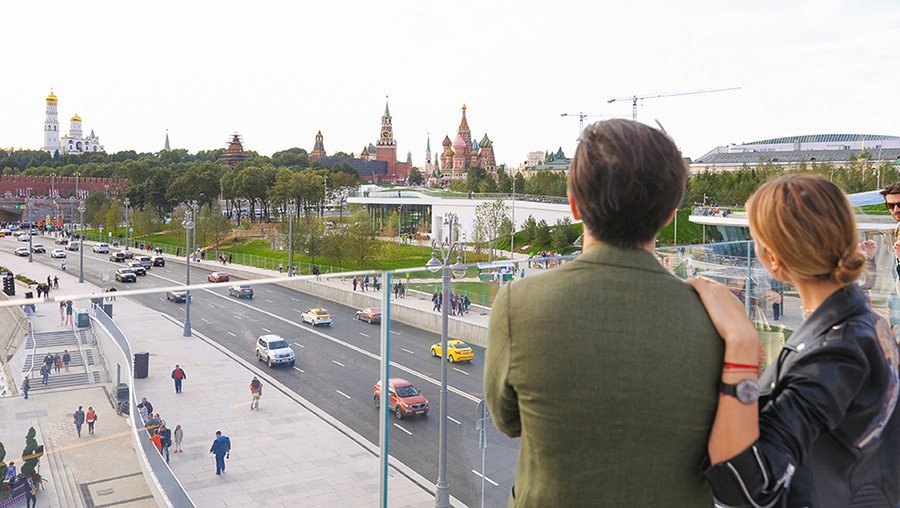Time Machine & 4 climate zones: Moscow’s unique futuristic Zaryadye Park opens next to Kremlin
With four climate zones, including a forest inspired by Russian fairy tales, a floating bridge, and an ice cave with a scientific and educational center, visitors to Moscow can now enjoy a new futuristic park just next to the Kremlin.
One of the fascinating details about Zaryadye Park is that it has a unique ecosystem which includes landscapes characteristic of Russia’s four main climate zones.
Visitors can find tundra, steppe, mixed forest, and meadowland in Zaryadye, which is the first major park opened in the capital in 50 years.
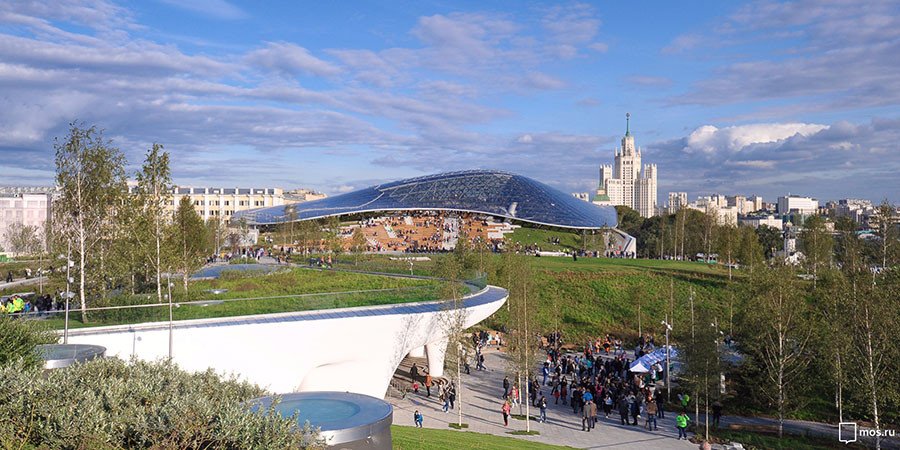
The park has lots of curious attractions, including an ice cave glistening all year round – an installation with a labyrinth, arches, and columns. There is also a floating bridge that won’t take you to the other side of the Moskva River, but may become a new selfie-center.
Another curious aspect of Zaryadye is a glass greenhouse dome with solar cells, which is part of the roof of a new philharmonic hall. The total area of the dome itself is 8,720 square meters.
Apart from landscape, the park, whose area totals 130,000 square meters, has a media center and original amusement rides.
“One of them, Flight Above Russia, is a 4D cinema with multichannel surround sound. Visitors will fly over the Far East, Siberia, the Urals, the Far North, the Caucasus, the Baltics and Central Russia, including Moscow,” according to the mayor of Moscow.
Another interesting venue in the park is the ‘Time Machine’ cinema, where visitors can “see re-enacted historical battles, make virtual geographic discoveries, help build prominent historical buildings, and get to know historical greats.”
At the park’s opening, Russian President Vladimir Putin visited the cinema, where he watched a film on Moscow’s history, from its founding by Yuri Dolgorukiy in 1147 to Napoleon’s invasion in 1812.
The ‘Forbidden Embassy’ is a greenhouse “with an artificial climate, an ice cave that lets visitors feel the cold atmosphere of the north and the Arctic, and an educational center, which will host scientific shows, conferences, lectures and seminars,” the statement from the mayor’s office says.
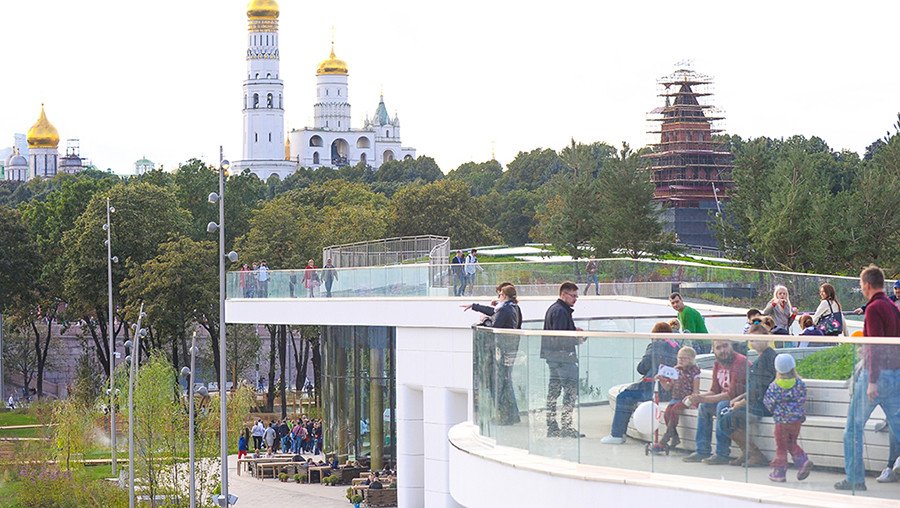
The history of the ‘park of the future’ is complicated. For centuries, it was a city quarter with busy streets. Then the Soviets built a large five-star hotel, the Rossiya, which looked like a grey apartment block building, The authorities decided to demolish the building and to create a brand new park, the construction of which began in 2014 and finished in 2017.
“At the outset various options had been considered, such as building a large business center or a parliamentary complex. Nevertheless, the decision we made received 100 percent support of the Muscovites, because there had never been any parks in central Moscow, inside the Boulevard Ring [the historic center of Moscow],” Moscow Mayor Sergey Sobyanin said at the opening ceremony. It coincided with celebrations of the 870th anniversary of Moscow.
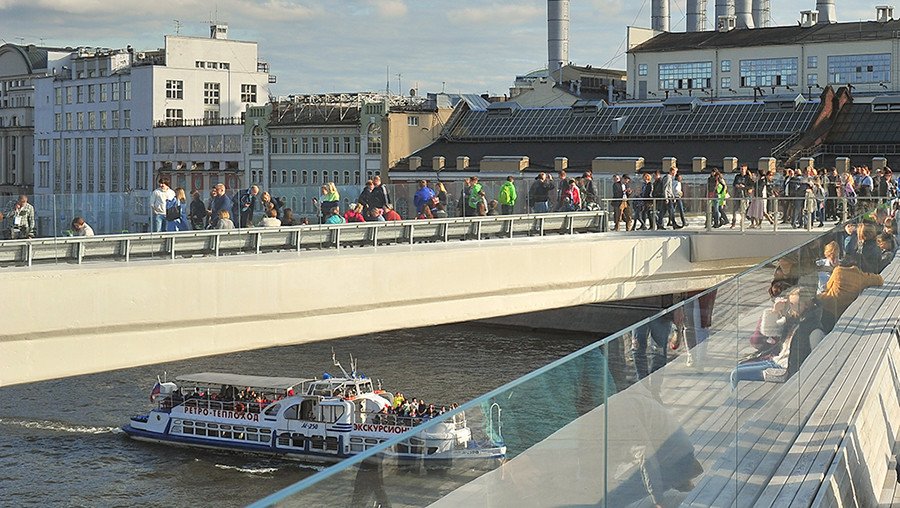
The park was designed by New York firm Diller Scofidio & Renfro, which also created the famous High Line linear park in New York.
“We [wanted] to make an open space, a green space that doesn’t require a purchase of a ticket,” one of the park’s architects, Charles Renfro from Diller Scofidio & Renfro, told RT.
According to Renfro, Zaryadye Park is unique in “the way the architecture and landscape are incorporated, merged together.”
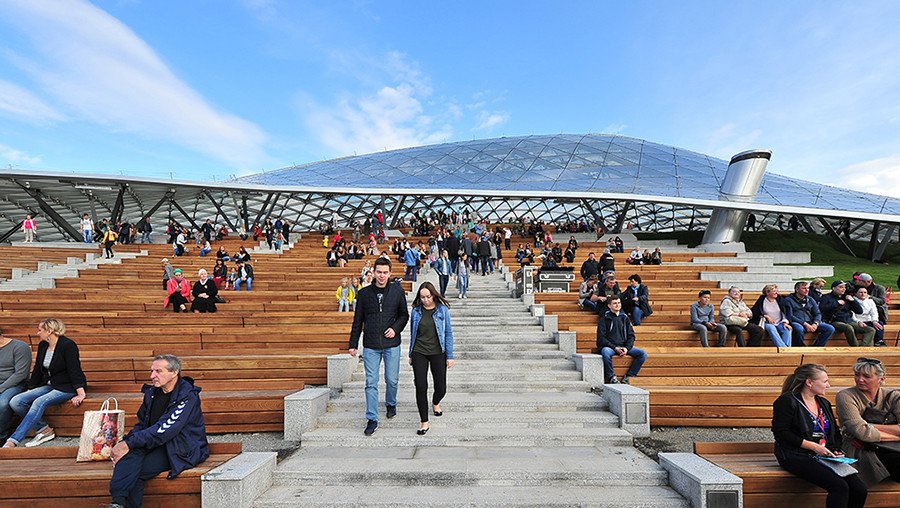
“It’s really in the heart of Moscow; it’s an extension of Red Square. It will become a new destination within the center of the city.”
The fact that the architects planted a forest in the park was inspired by Russian folklore, Mary Margaret Jones, the president at Hargreaves Jones Associates which also developed the project, told RT.
“We were fascinated with the Russian attention to forest in history, in fairytales, in literature and even in music,” she said.
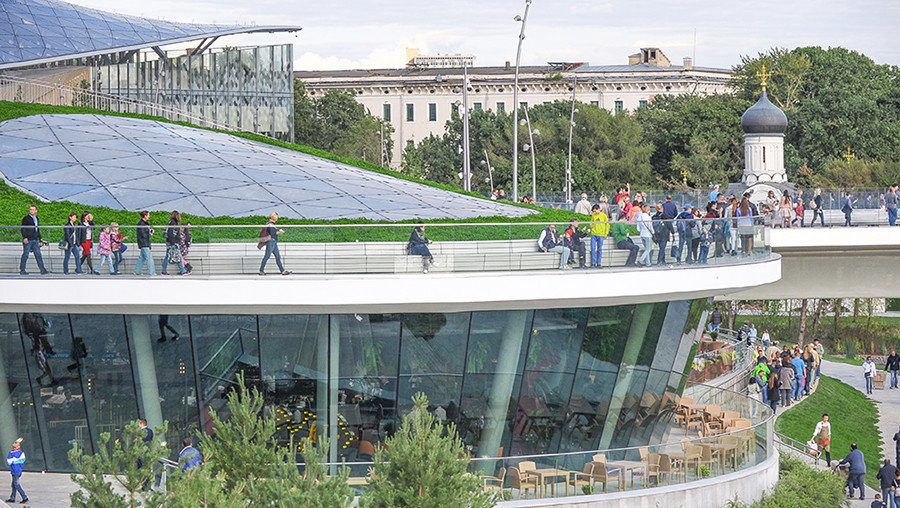
“One of the main aims of the park is to discover Moscow in a new light. The center of Moscow is full of buildings, it lacks public and green areas,” Sergey Kuznetsov, Moscow Chief Architect, told RT.
People should just go there and feel the atmosphere of the park, Kuznetsov said, adding that the park has already become one of the symbols of the Russian capital.
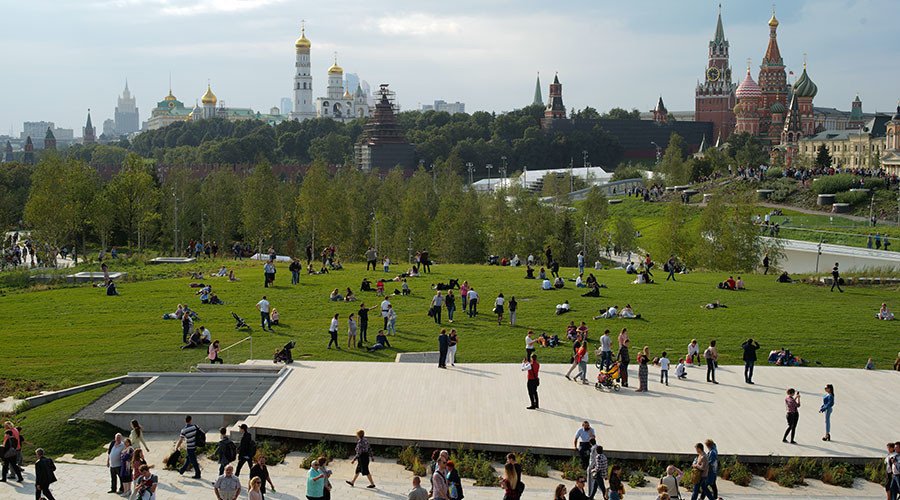
“The place where the park is located was the most ancient settlement in Moscow – it was settled even earlier than the site where the Kremlin is,” he said.
